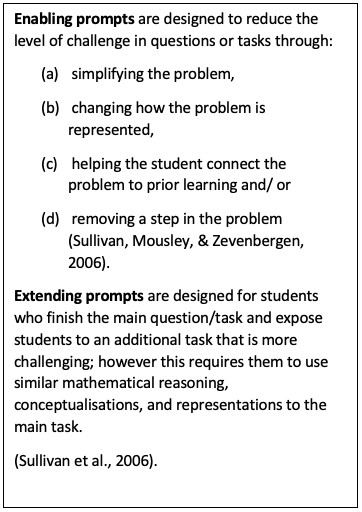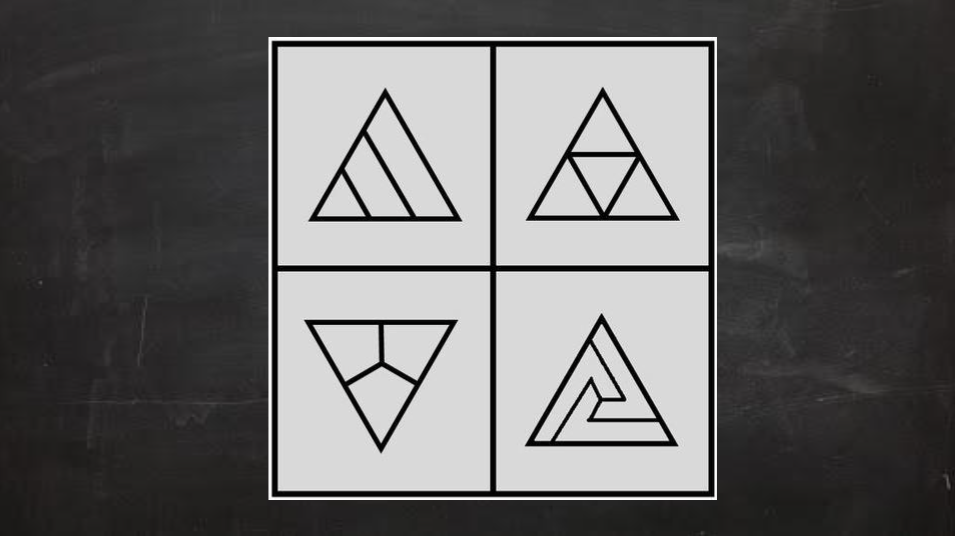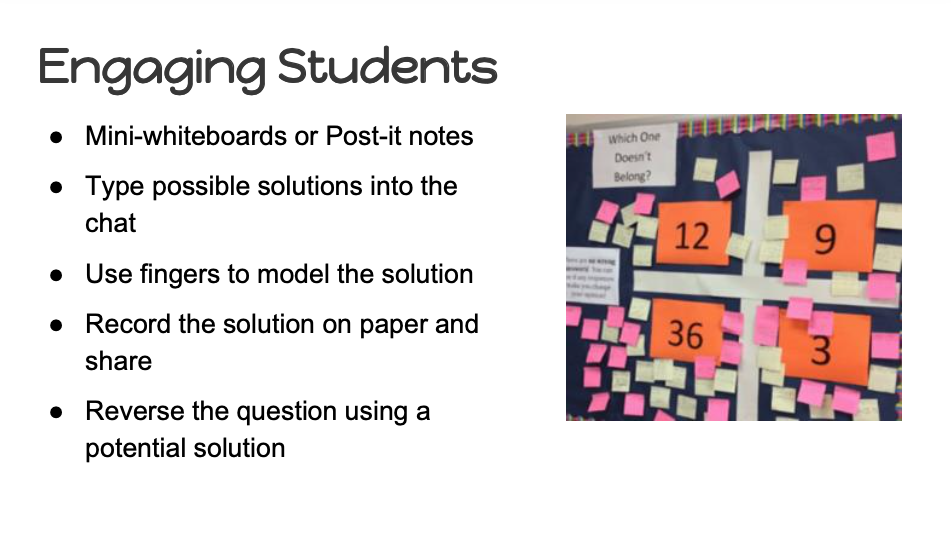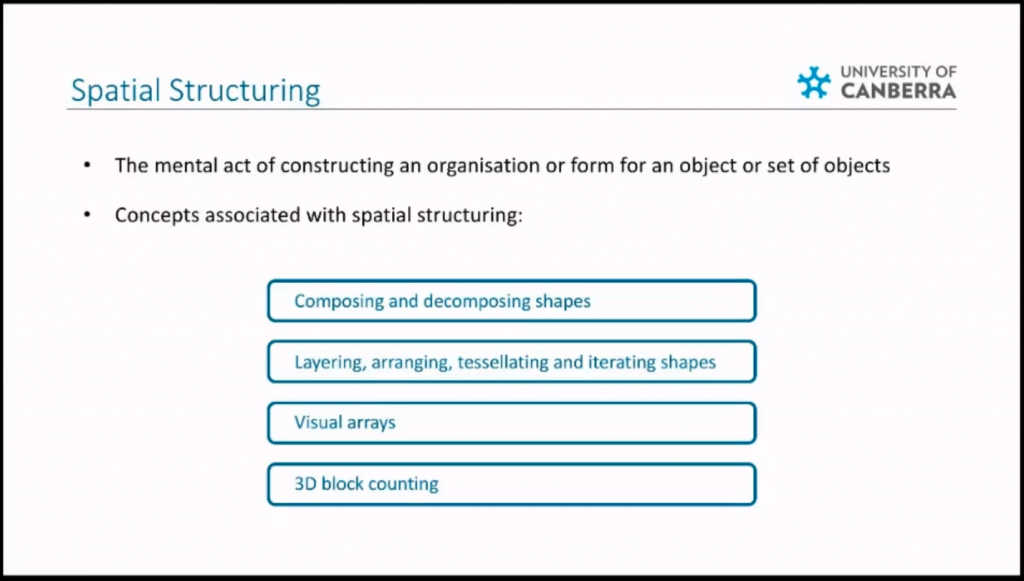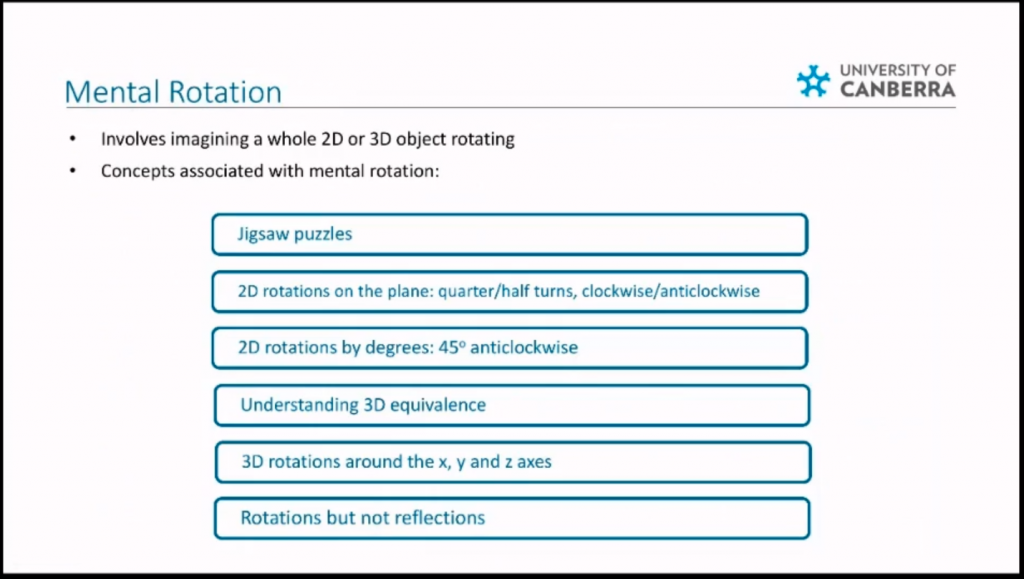This week’s blog highlights some of the great messages and ideas shared at MANSW‘s online conference Different By Design that took place on Saturday. Although we would have loved to have experienced the conference in person, the online event in its place this year was still a way to bring together teachers and educators and their shared passion for mathematics teaching.
The Different by Design conference was a K-12 conference and had a range of concurrent workshop presentations as well as a wonderful keynote by Centenary Professor Tom Lowrie from the University of Canberra. My background is primary, so my reflections are based on the two workshops I attended and Tom’s presentation. For other highlights, check out #mansw21, #mansw2021 on Twitter or follow MANSW on Twitter for more info and updates.
Fiona Foley’s session: Engaging students with challenging tasks
Fiona Foley is the primary consultant at MANSW. She supports schools across NSW presenting great PL sessions on mathematics including sessions on data, Number talks, programming, Maths300 and more! It was great to hear Fiona share so many wonderful ideas based on the fabulous work by others such as Peter Sullivan and James Russo (@surfmaths). Here are some of things Fiona chatted about. Some great ways to make better best in your primary classroom to create engaging experiences for all students at their point of need.
- Use enabling and extending prompts
- Prompts need to align to the lesson purpose
- You can enable through different visuals and representations
- Questioning can increase challenge
- Launch, explore, summarise is a great lesson structure model
- Lessons aren’t just 3 parts, you can re-launch
- Good challenge and differentiation relies on focusing on the same mathematical concept but providing different access points
Fiona’s session was first up on Saturday and she did well to persevere through some technical difficulties! In her presentation Fiona also mentioned the PAMphlet (Number 92) Teaching Problem Solving: From doing mathematics to being mathematicians! written by Professor Catherine Attard. She discusses teaching for problem solving, about problem solving and through problem solving. I mention it as these PAMphlets have been produced by MANSW for many, many years. They are a great resource brought out each Term for primary teachers. If you’d like to access these, you can become a member (individual or school) through the MANSW website.
Cass Lowry’s session: Thinking flexibly, using games to develop number sense
I knew Cass Lowry from her work at AMSI on the Choosemaths program. Cass is currently working at St Francis of Assisi Catholic Primary School. What a session it was! If I was to try to fit into a hour every single awesome resource/website/maths-go-to-person-to-follow-on-twitter to do with number sense development, then Cass’ presentation did it! What a great session Cass and just what teachers need at this moment when they are still hungry for great resources to use during remote learning. Here is a list of who and what Cass shared.
- Which One Doesn’t Belong (WODB – pictured)
- How many? (based on Christopher Danielson’s book)
- Subitising slides (Stevewyborney)
- Unit chat (Dan Finkel mathforlove)
- Fraction talks (Nat Banting)
- Splat! and Esti-mysteries (stevewyborney)
- Number Talks
- MathStratChat (Pam Harris)
- Open middle problems (Robert Kaplinsky)
- Number search
Centenary Professor Tom Lowrie – Classroom-based spatial reasoning interventions promote mathematics thinking
One of the reasons I love MANSW conferences is their selection of quality speakers and the way they balance practical classroom sessions by teachers and theoretical/practical research sessions by academics in the field of mathematics and mathematics education. Tom’s session focused on his research involving primary and secondary students and their spatial reasoning skills and thinking.
My take-aways from Tom’s keynote were:
- there is no dichotomy of spatial skills (do or do not have), spatial skills can be trained
- looking at the different aspects of spatial reasoning individually helps us to understand each one and notice the differences
- spatial reasoning involves structuring, mental rotation, visualisation, and orientation
Tom provided clear definitions of each aspect of spatial reasoning (three of them pictured below) and gave examples of assessment questions (NAPLAN) that deal with each skill. I loved his way of describing ways of rotating in space – the ballerina, the ferris wheel, and flipping (tumble turning) on a gymnastics bar. He also shared about the intervention program he and his team have been implementing in primary and secondary schools looking to improve students’ spatial reasoning and mathematical thinking in general. For more information on the primary program you can visit this site mathsburst.com. I have also added a couple of Tom’s papers in the reference list below.
There was also a short Q and A session at the end of Tom’s keynote. A few people asked about how/if online gaming such as Minecraft has helped students develop spatial reasoning skills. Tom replied that in the short term yes, but there is a point when you get ‘good’ at the game and you cease to increase your skill in new ways. He mentioned a similar idea about Tetris – the more you play the better you get at it (the game itself, not necessarily the spatial reasoning). He also discussed the reliance society has on GPS and that this is not good for spatial skill development or reasoning. Tom mentioned research by David Uttal in this area (I have added a reference to one of his papers below).
Well, it was a great day! I really enjoyed being a participant and also a speaker. I enjoyed my session and the interaction I had with other maths lovers. The keenness with which teachers participated in my session made it a lovely experience. Thank you! I’m looking forward to some face-to-face conferences in the near future!
References
Lowrie, T., & Diezmann, C. M. (2007). Solving graphics problems: Student performance in junior grades. The Journal of Educational Research, 100(6), 369-378.
Lowrie, T., Logan, T., & Hegarty, M. (2019). The influence of spatial visualization training on students’ spatial reasoning and mathematics performance. Journal of Cognition and Development, 20(5), 729-751.
Lowrie, T., Logan, T., & Ramful, A. (2017). Visuospatial training improves elementary students’ mathematics performance. British Journal of Educational Psychology, 87(2), 170-186.
Sullivan, P., Mousley, J., & Zevenbergen, R. (2006). Teacher actions to maximize mathematics learning opportunities in heterogeneous classrooms. International Journal of Science and Mathematics Education, 4(1), 117-143.
Uttal, D. H., & Sheehan, K. J. (2014). The development of children’s understanding of maps and models: A prospective cognition perspective. Journal of Cognitive Education and Psychology, 13(2), 188-200.
